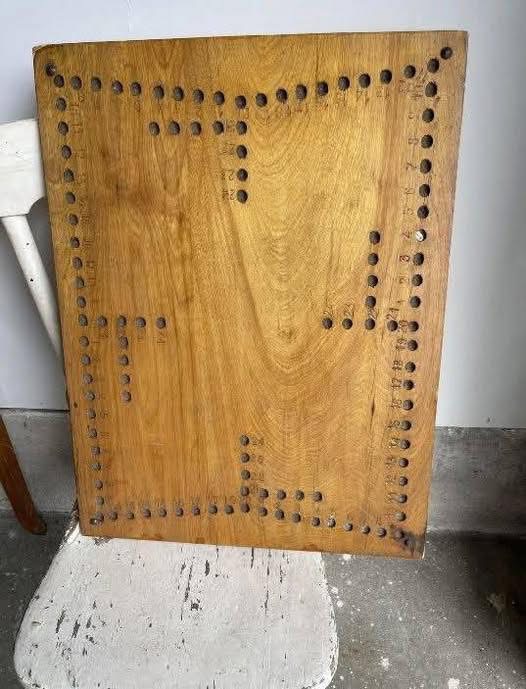Building Your Own Version Of A Classic Family Game

Introduction
Games have always been a way to bring families together, sparking laughter, friendly competition, and lasting memories. Building your own version of a classic family game not only offers entertainment but also gives you the chance to add a personal twist. This creative project combines craftsmanship, imagination, and nostalgia into one rewarding experience.
Origin and Cultural Significance
Classic family games such as Monopoly, Scrabble, and board-based challenges have been household staples for generations. Originating in the 20th century, many were designed as a means of affordable, at-home entertainment during times when families sought ways to bond without leaving home. These games carry cultural significance because they transcend age, foster connection across generations, and often reflect historical or social themes of their time. By building your own version, you are honoring this tradition while crafting a legacy unique to your household.
Ingredients (Materials) and Quantity
To create your own game, gather the following basics (quantities will depend on the game you choose):
Game board material – 1 piece (wood, cardboard, foam board, or canvas)
Markers, paints, or printed graphics – as needed for board design
Playing pieces – 4–6 (small figurines, coins, buttons, or custom-made items)
Cards or paper slips – 30–100 (depending on the rules of the game)
Dice or spinners – 1–2
Rule sheet – 1 printed or handwritten copy
Optional Additions
Personalized tokens: family photos or themed miniatures
Magnetic or Velcro backing: for travel-friendly play
Custom storage box or bag: keeps pieces organized
Digital element: QR codes linking to trivia, challenges, or sound effects
Tips for Success
Choose a base game – Decide whether you want to replicate a classic (like Snakes & Ladders) or invent a hybrid.
Plan your layout – Sketch the board and rules before committing to final design.
Keep rules simple – Ensure it’s easy enough for all ages to play.
Add a personal touch – Use family jokes, favorite colors, or inside references.
Test and adjust – Play several trial rounds to refine rules and balance fairness.
Instructions
Select the game you want to recreate or adapt.
Prepare the board: cut your material to size and decorate with grids, paths, or zones.
Create pieces: personalize tokens or repurpose small objects.
Design cards or instructions: write challenges, trivia, or rewards.
Establish rules: keep them clear, concise, and fun.
Assemble everything into a box or pouch for easy storage.
Play and refine with your family until it becomes a tradition.
Description
Your homemade family game is a blend of tradition and personalization. Whether it’s a hand-painted board with unique challenges or a quirky spin on a household favorite, this game becomes more than just entertainment—it’s a keepsake. Every round is infused with creativity and family spirit, making playtime uniquely yours.
Nutritional Information (Metaphorical)
Calories burned laughing: 100+ per game night
Emotional bonding: Rich source of connection
Creativity boost: High levels of imagination and problem-solving
Stress reduction: Zero guilt, maximum relaxation
Family joy: 100% daily recommended value
Conclusion
Building your own version of a classic family game allows you to combine nostalgia with creativity. The end result isn’t just a game, but a family treasure—something that sparks joy and becomes part of shared traditions.
Recommendation
Choose a game that resonates most with your family. If your household loves trivia, create a quiz-based format. If they prefer strategy, adapt a classic board. For younger children, keep it colorful and simple. Personalizing ensures long-lasting engagement.
Embracing Healthful Indulgence
In a world dominated by screens, a handcrafted family game provides a healthful indulgence—one that encourages togetherness, laughter, and mental stimulation. Instead of indulgence in material possessions, this project nurtures the heart, mind, and spirit. It’s a reminder that the best forms of entertainment are often those we build ourselves, with love and creativity at the core.